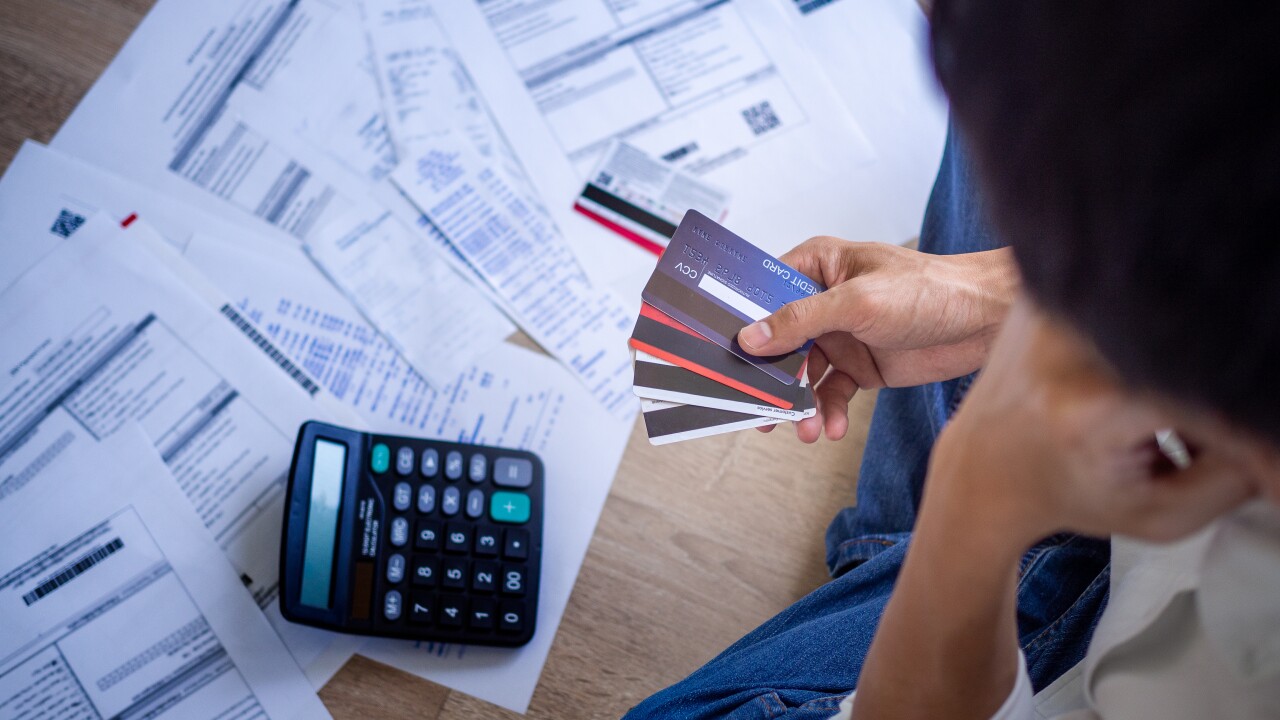E-Trade Financial Corp.’s massive automated teller machine network, the product of a series of acquisitions, may have been the most visible indicator of the company’s transformation from an online brokerage to a diversified financial services company.
But visible, in this case, may not equal useful — at least from the customer’s point of view.
An E-Trade spokeswoman said Wednesday that it was reviewing whether the 15,000-ATM network “is core to the vision of the company.” She confirmed earlier reports that the review would likely result in a sale, but she would not discuss E-Trade’s plans or motivation in any further detail.
Analysts said the review likely was sparked not just by the machines’ low returns but, perhaps more importantly, by the fact that E-Trade’s customers did not use them.
Given how often it had trumpeted how much value the ATM network, which ranks among the nation’s largest, brought to core customers, a low level of utilization might seem surprising. But analysts said there was a mismatch between how E-Trade’s customers banked and the nature of the ATMs.
Charlotte A. Chamberlain, an analyst for Jefferies & Co. Inc., said E-Trade seeks to attract people with between $250,000 to $500,000 to its bank, and those people tend not to bank in convenience stores and gas stations.
“These ATMs aren’t in the footpath where their customers shop,” she said.
Those high-end customers also generally have premium accounts that offer access to any ATM, and E-Trade Bank reimburses them for surcharges they accrue at non-E-Trade machines, the analysts said.
E-Trade’s last ATM purchase was in February 2003, when it purchased more than 4,000 from XtraCash ATM Inc.
“Our extensive ATM network is a real benefit for E-Trade Bank customers, offering convenience and unlimited no-fee access to their money,” Arlen Gelbard, E-Trade Bank’s chief banking officer and president, said in a press release when the deal was announced. “Further, the acquisition, which increases the size of our network by approximately 30%, solidifies our role as a leader in the ATM industry, while adding to a consistent and reliable source of revenue for E-Trade Bank.”
Analysts said the revenue stream may not have justified the investment, though opinion was divided on whether E-Trade was losing money on its ATMs.
Matt Snowling, an analyst for Friedman, Billings, Ramsey & Co., said E-Trade was very likely losing money on them. He estimated that last year the machines took in about $40 million of revenue, so the average machine generated $2,670 per year, or $7.31 per day.
Factoring in servicing costs makes the ATMs a money loser for E-Trade, Mr. Snowling said.
Some people speculated that the network could command a price of about $80 million.
Richard H. Repetto, an analyst for Sandler O’Neill & Partners LP, agreed that E-Trade would sell its ATM network, mainly because of profitability issues, though he said he did not think they were losing money.
Another factor cited by analysts: E-Trade’s key products, mortgages and deposits, are not ATM-reliant. Mr. Snowling said it generates its deposits mainly by sweeping excess cash from brokerage accounts into savings or checking accounts in the bank.
“They don’t necessarily need ATMs to gather deposits, and these ATMs didn’t necessarily have the capabilities to gather deposits anyway,” he said. “To use them as deposit-taking vehicles, they’d have to retrofit them,” but that would be expensive proposition. Instead, E-Trade has decided to “free up that investment and take that capital and reallocate.”
Michael Vinciquerra, an analyst for Raymond James & Associates, said E-Trade seems more focused on the banking side on asset generation.
“I think the bank is really there more to grow its assets that provides them with more stable earnings over time,” he said. “I look at it as more of an investment portfolio, and they’re simply trying to maximize the funding for it as this point, and the best way they can do that is through the sweep program.”
The E-Trade spokeswoman would not say whether the New York company was making a profit on the ATMs.






